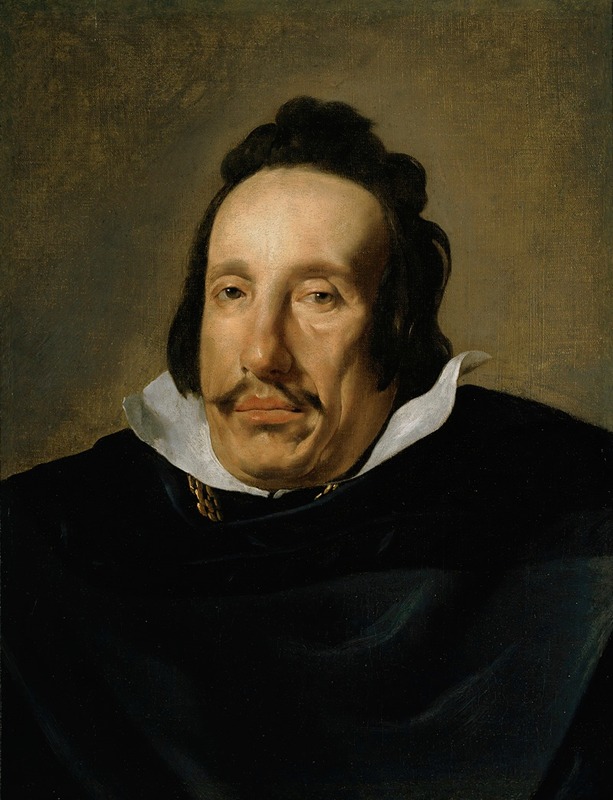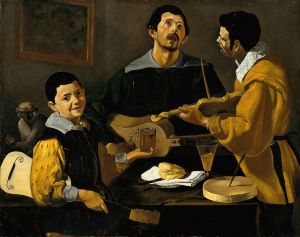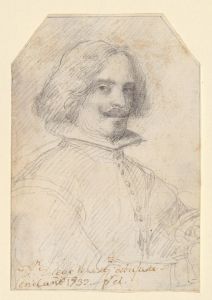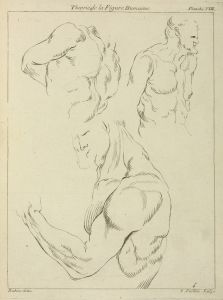
Portrait of a Man
A hand-painted replica of Diego Velázquez’s masterpiece Portrait of a Man, meticulously crafted by professional artists to capture the true essence of the original. Each piece is created with museum-quality canvas and rare mineral pigments, carefully painted by experienced artists with delicate brushstrokes and rich, layered colors to perfectly recreate the texture of the original artwork. Unlike machine-printed reproductions, this hand-painted version brings the painting to life, infused with the artist’s emotions and skill in every stroke. Whether for personal collection or home decoration, it instantly elevates the artistic atmosphere of any space.
Diego Velázquez's Portrait of a Man is a painting attributed to the renowned Spanish Baroque artist Diego Velázquez. The work is believed to have been created during the early 17th century, a period when Velázquez was establishing himself as a master of portraiture. The painting depicts an unidentified man, whose identity remains unknown, dressed in simple yet dignified attire. The subject's direct gaze and the naturalistic rendering of his features are characteristic of Velázquez's skill in capturing the individuality and humanity of his sitters.
The painting is executed in oil on canvas, a medium commonly used by Velázquez. It reflects his early style, marked by a restrained palette and a focus on realism. The brushwork is meticulous, particularly in the rendering of the subject's face, which conveys a sense of depth and vitality. The background is plain and dark, a technique often employed by Velázquez to draw attention to the sitter and eliminate distractions.
Portrait of a Man is housed in the Metropolitan Museum of Art in New York City, where it is part of the museum's European Paintings collection. The painting has been the subject of scholarly analysis, with experts praising its technical execution and its role in showcasing Velázquez's development as a portraitist. However, due to the lack of documentation or inscriptions, the identity of the sitter and the exact circumstances of the painting's creation remain unknown.
The attribution of the work to Velázquez is widely accepted, though some scholars have debated this in the past. The painting's stylistic elements, including its naturalism and the treatment of light and shadow, align closely with Velázquez's known works from his early career in Seville. Despite the uncertainties surrounding its origins, Portrait of a Man is considered an important example of Velázquez's ability to convey psychological depth and realism in his portraits.
As with many works from this period, the painting has undergone conservation efforts to preserve its condition. It continues to be a subject of interest for art historians and visitors to the Metropolitan Museum of Art, offering a glimpse into the artistry of one of Spain's most celebrated painters.


















